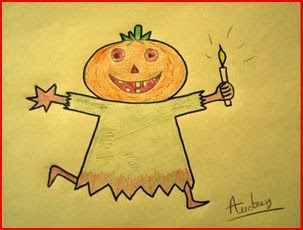A papyrus, often used by Ancient Astronaut theorists to document "flyings disks" in ancient Egypt, is the Tulli Papyrus, said to be found by Alberto Tulli in 1933 (in an Egyptian antique shop).
A translation by R. Cedric Leonard is the translation favored by AA theorists, from which the image above derives.
Leonard's translation is found in his paper Fire Circles.
A translation by an Italian nobleman, Prince Boris de Rachewiltz, also is sometimes referenced. Rachewiltz claimed he found the papyrus among Tulli's papers after Tulli died.
The questionable portion of the papyrus is presented at Wikipedia, comparing the two translations:
http://en.wikipedia.org/wiki/Tulli_Papyrus
This is the kind of thing AA theorists use, which causes ire for UFO skeptics.
Wikipedia concludes its Tulli Papyrus offering with this:
A recent study by Franco Brussino, published in Egittologia.net web pages, revealed that the Tulli Papyrus is a forgery, made up by a kind of collage of fragments taken from nine different papyruses. The source was the Egyptian Grammar by Sir Alan Gardiner, considered the most thorough textbook of the Egyptian language, published in 1927.
I like the conjectures of the Ancient Astronaut crowd, but once an assertion they use as AA proof is shown to be false, they have to acknowledge the falsity and abandon it, something they are loath to do.
RR
A translation by R. Cedric Leonard is the translation favored by AA theorists, from which the image above derives.
Leonard's translation is found in his paper Fire Circles.
A translation by an Italian nobleman, Prince Boris de Rachewiltz, also is sometimes referenced. Rachewiltz claimed he found the papyrus among Tulli's papers after Tulli died.
The questionable portion of the papyrus is presented at Wikipedia, comparing the two translations:
http://en.wikipedia.org/wiki/Tulli_Papyrus
This is the kind of thing AA theorists use, which causes ire for UFO skeptics.
Wikipedia concludes its Tulli Papyrus offering with this:
A recent study by Franco Brussino, published in Egittologia.net web pages, revealed that the Tulli Papyrus is a forgery, made up by a kind of collage of fragments taken from nine different papyruses. The source was the Egyptian Grammar by Sir Alan Gardiner, considered the most thorough textbook of the Egyptian language, published in 1927.
I like the conjectures of the Ancient Astronaut crowd, but once an assertion they use as AA proof is shown to be false, they have to acknowledge the falsity and abandon it, something they are loath to do.
RR









































